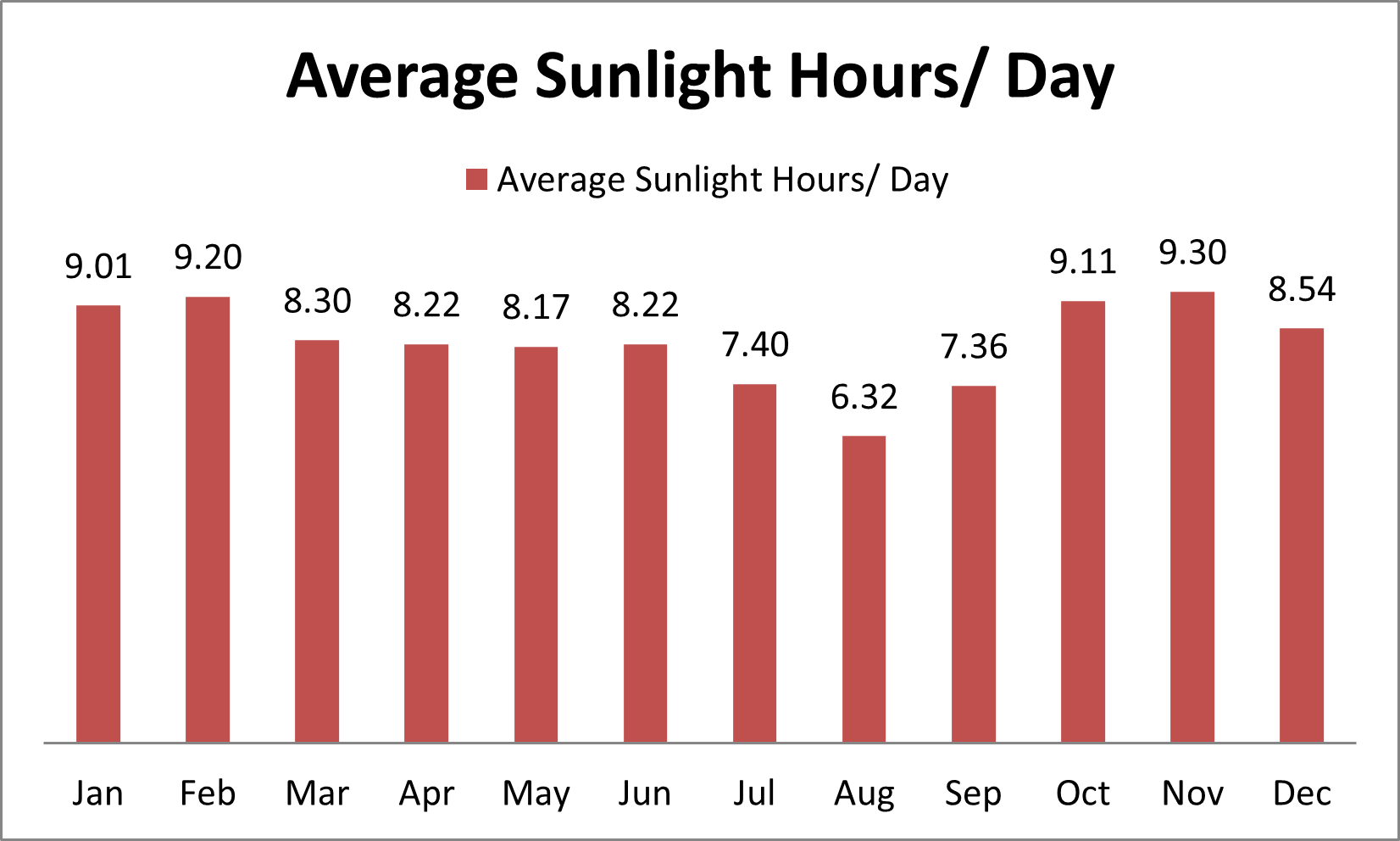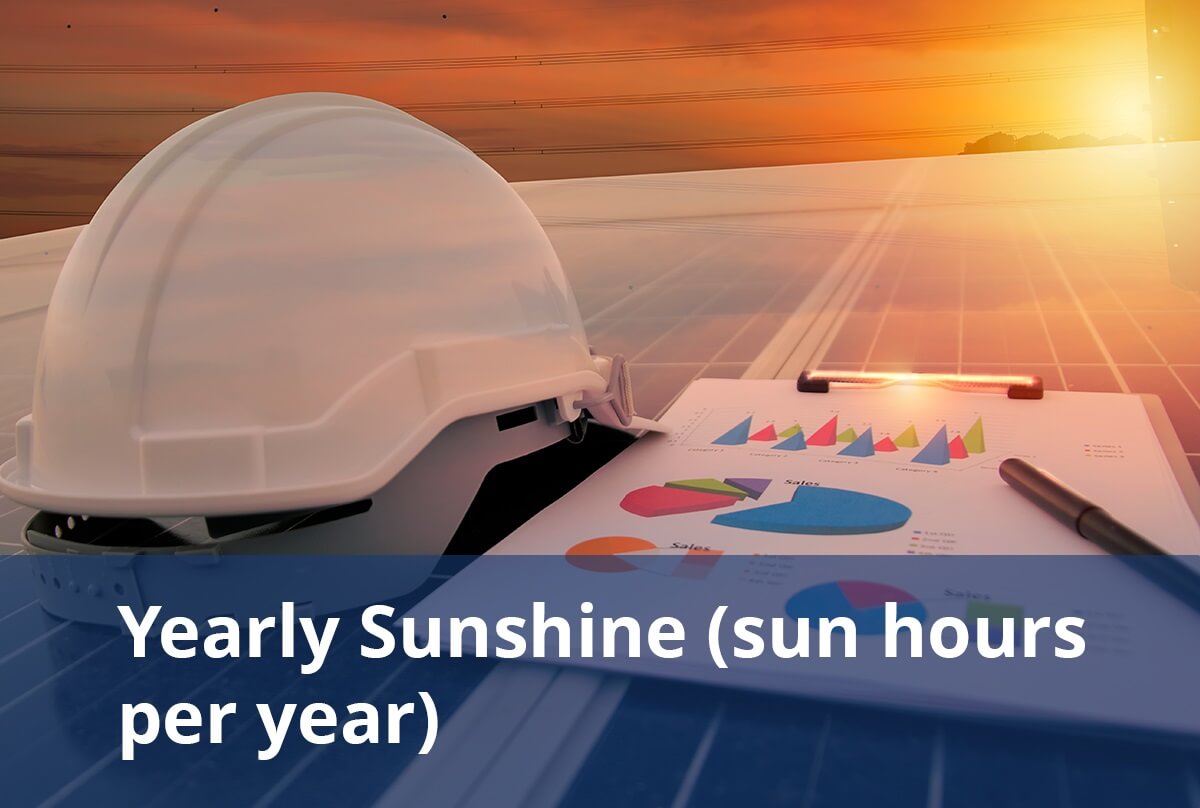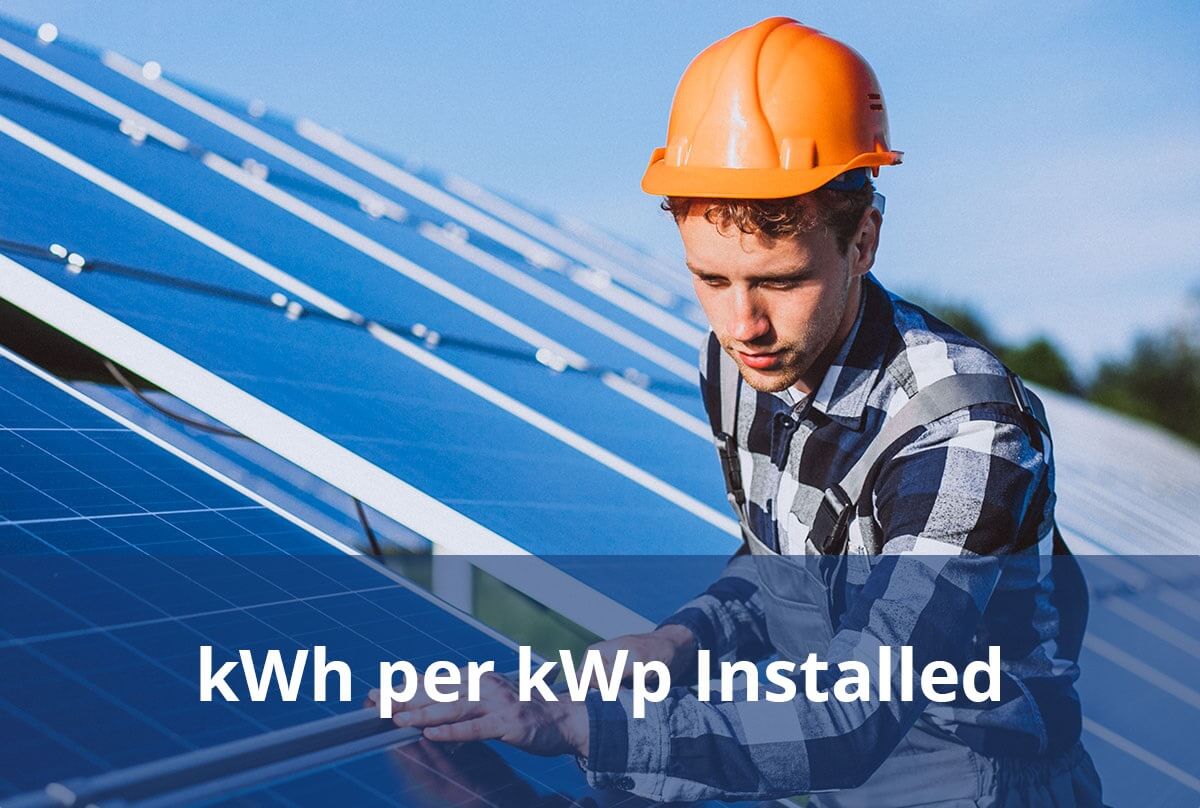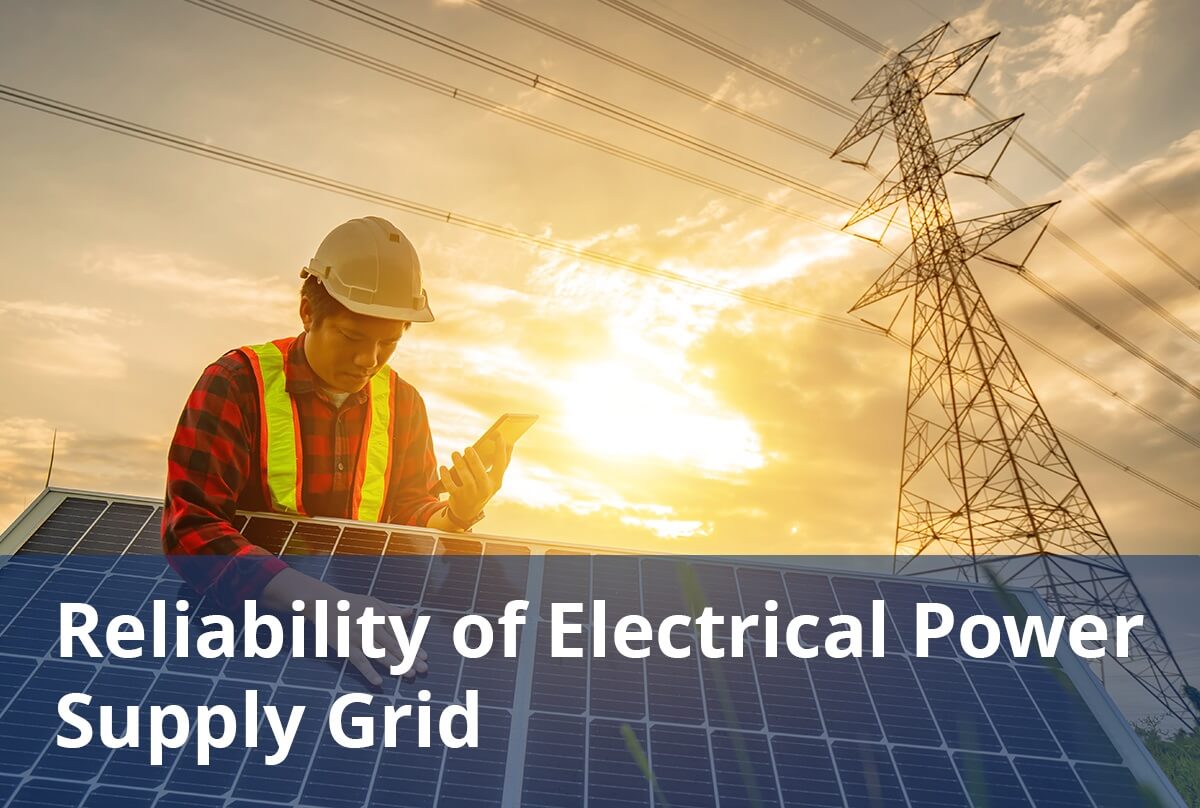Discover comprehensive insights into the statistics, market trends, and growth potential surrounding the solar panel manufacturing industry in Niger
- Climatescope. (2024). Sunshine & daylight hours in Niamey, Niger. Retrieved September 15-16, 2024, from https://www.climate.top/niger/niamey/sunlight/
- Tilahun, F. B., Bhandari, R., & Mamo, M. (2019, July). Supply optimization based on society’s cost of electricity and a calibrated demand model for future renewable energy transition in Niger. [Article]. Full-text available. Retrieved September 15-16, 2024, from https://www.researchgate.net/figure/Photovoltaic-electricity-potential-of-Niger-19_fig2_334756664
- Climatescope. (2023). Niger. Retrieved September 15-16, 2024, from https://www.global-climatescope.org/markets/ne/
- USAID. (2019). Off-grid solar assessment in Niger. Retrieved September 15-16, 2024, from https://www.usaid.gov/sites/default/files/2022-05/PAOP-Niger-MarketAssessment-Final_508.pdf
- International Renewable Energy Agency. (2024, July). Renewable energy statistics 2024. Retrieved September 15-16, 2024, from https://www.irena.org/-/media/Files/IRENA/Agency/Publication/2024/Jul/IRENA_Renewable_Energy_Statistics_2024.pdf
- Enerdata. (2022). Niger energy information. Retrieved September 15-16, 2024, from https://www.enerdata.net/estore/energy-market/niger/
- Worldometer. (2024). Niger electricity statistics. Retrieved September 15-16, 2024, from https://www.worldometers.info/electricity/niger-electricity/
- Caleb. (2023, December 9). Niger to plant 1 billion trees, transition 800,000 homes to off-grid solar power solution. Retrieved September 15-16, 2024, from https://nairametrics.com/2023/12/09/niger-to-plant-1-billion-trees-transition-800000-homes-to-off-grid-solar-power-solution/
- World Bank. (2023, December 4). Securing electricity in Niger through renewable energy. Retrieved September 15-16, 2024, from https://www.worldbank.org/en/news/feature/2023/12/04/securing-electricity-in-niger-through-renewable-energy#:~:text=mayor%20of%20Ingall
- USAID. (2022). Off-grid solar market assessment Niger – English. Retrieved September 15-16, 2024, from https://www.usaid.gov/document/grid-solar-market-assessment-niger-english
- World Bank. (2023, March 16). Solar energy brings water to Niger’s farms. Retrieved September 15-16, 2024, from https://www.worldbank.org/en/news/feature/2023/03/16/solar-energy-brings-water-to-niger-farms
- World Salaries. (2024). How much does a solar photovoltaic installer make in Niger?. Retrieved September 15-16, 2024, from https://worldsalaries.com/average-solar-photovoltaic-installer-salary-in-niger/
- Worldometer. (2024). Population of Niger. Retrieved September 15-16, 2024, from https://www.worldometers.info/world-population/niger-population/
- PSart. (2021). Retrieved September 15-16, 2024, from https://psarl.com/properties/house/niamey/building-for-rent-3/
- International Energy Agency. Niger. Retrieved September 15-16, 2024, from https://www.iea.org/countries/niger/electricity
- Sustainable Energy for All. (2021). Niger. Retrieved September 15-16, 2024, from https://www.se4all-africa.org/seforall-in-africa/country-data/niger/#:~:text=Access%20to%20electricity%20in%20Niger
- Savannah Energy. (2024). Country overview: Niger assets. Retrieved September 15-16, 2024, from https://www.savannah-energy.com/operations/niger/country-overview/#:~:text=In%20Q2%202024%20Niger%20achieved
- MapAfrica. (2023). Niger – Desert to Power Initiative – Project for the Development of Solar Power Plants and Improvement of Access to Electricity (RANAA). Retrieved September 15-16, 2024, from https://mapafrica.afdb.org/en/projects/46002-P-NE-FA0-005
- OPEC Fund. (2023). Developing Niger’s solar energy sector. Retrieved September 15-16, 2024, from https://opecfund.org/news/developing-niger-s-solar-energy-sector
- Anita. (2023). Niger inaugurates Gorou Banda solar power plant. Retrieved September 15-16, 2024, from https://pumps-africa.com/niger-inaugurates-gorou-banda-solar-power-plant/
- Reuters. (2023, May 11). Savannah Energy and Niger sign 200 MW solar power plant agreement. Retrieved September 15-16, 2024, from https://www.reuters.com/sustainability/savannah-energy-niger-sign-200-mw-solar-power-plant-agreement-2023-05-11/













